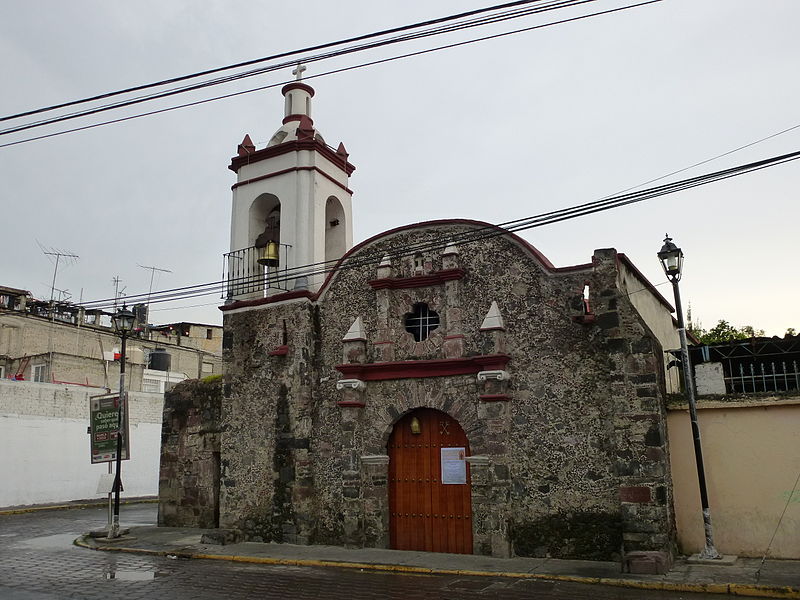
The Barrio San Pedro Tlalnahuac is one of the 17 Barrios Originarios that make up the Center of Xochimilco. It’s probably most famous today for hosting the final stop on the light-rail that brings so many visitors to the area. Before rushing off to the rest of the Center, San Pedro is itself home to one of the oldest chapels in the area. (See more below.)
But San Pedro is also famous for having been an even older port of entry to Xochimilco itself. Ancient Tlalnahuac, (Náhuatl meaning “next to the land”), had centers for rest, food, and dozens of ancient markets. It was known for hundreds of years as a primary commercial and trading area. The arriving Spanish are said to have remarked upon the beauty and perfect maintenance of the canals which originated here. The first neighborhood founded in colonial era Xochimilco has also the first chapel.
The Chapel of San Pedro Tlalnahuac was founded between 1530 and 1533. Construction carried on for nearly 200 years and concluded only in 1716. A single nave is next to a tower with two bells. Inside is an 18th-century sculpture of San Pedro Apóstol. There are also figures of Jesus Christ and Our Lady of Candelaria. All of them are believed to have been brought here from the town of San Salvador.
Like all of the ancient neighborhoods of Xochimilco, El Barrio San Pedro is small enough to be walked in a few minutes. Every corner turns onto one more colorful, crooked, charming, and friendly passageway than the last.
 +52 (55) 5676 0810
+52 (55) 5676 0810
 https://www.facebook.com/ahiestaeldetalle2012/
https://www.facebook.com/ahiestaeldetalle2012/

Nearest at 0.21 kms.
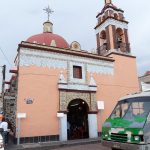
Nearest at 0.46 kms.
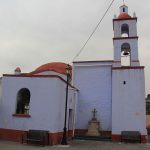
Nearest at 0.47 kms.
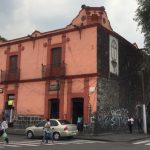
One of the oldest houses in Mexico City, and a unique take on Xochimilco...

The quickest easiest way to the canals of Xochimilco...

A teeming hive of commerce, culture, and food, it's a spectacular place for lunch and more.
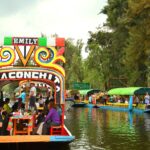
The Cuemanco Boat Launch at Xochimilco Lake is one of the biggest and most publicly accessible trajinera launches in Xochimilco.
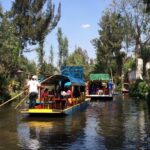
One of the closest "ecological" boat launches in Xochimilco, you'll set off for the deepest and most verdant canals.